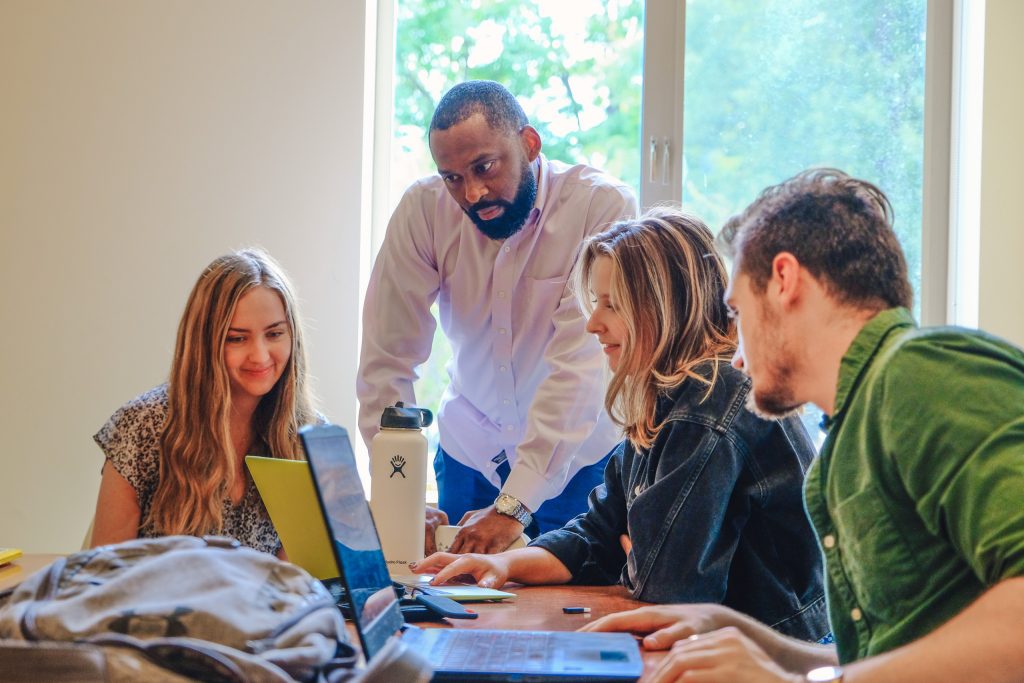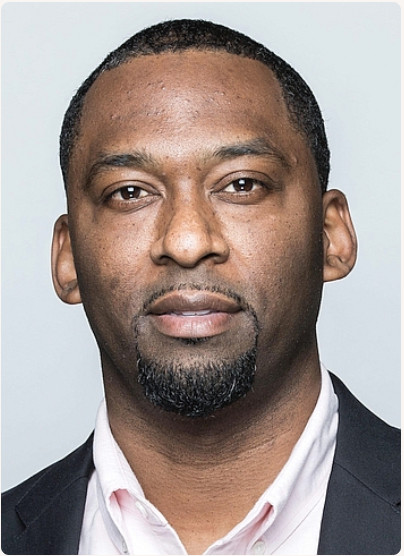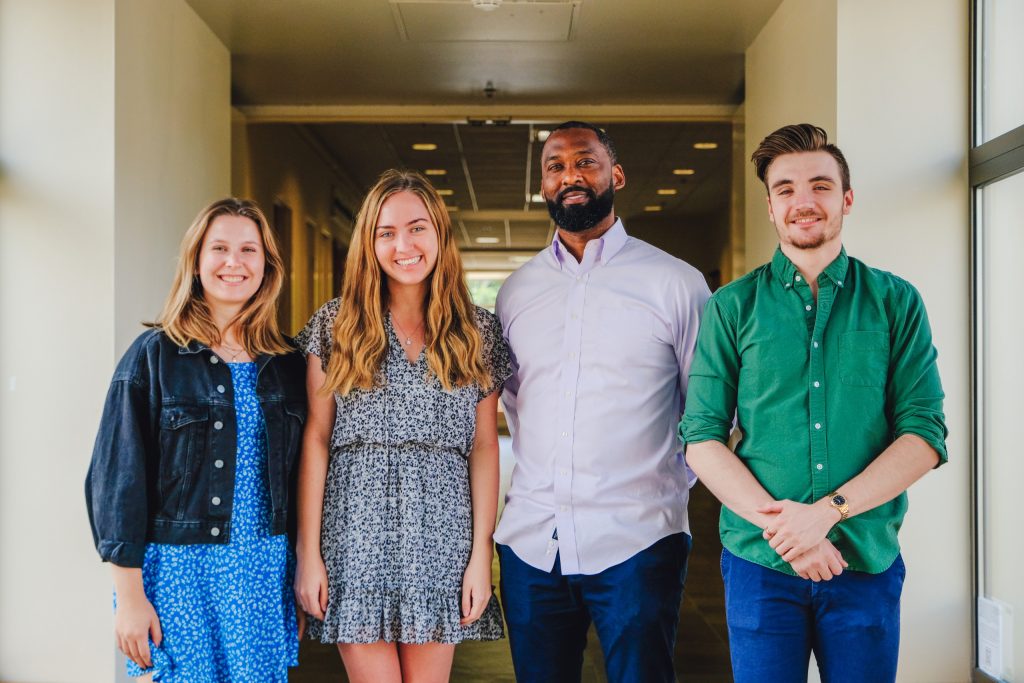The mission
The Black Church Archives Project (BCAP) is a digital archives agenda focused on preserving and digitizing invaluable assets held by Black congregations in North America. The central objectives are preservation and digitization. The work involves digitizing nineteenth and twentieth-century records owned by North American Black Protestant churches and building a web-based archive to preserve them. Understanding African American religious institutions as retainers of civic, cultural, economic, and political material culture, BCAP seeks to: preserve letters, photos, minutes, bulletins, recordings, ephemera, and papers that describe the institutions and communities generating them at formative points in American history. This project focuses on churches founded immediately after the American Civil War and the 50 years following.
Foundational Work
By Monica Wohlhuter
Every human story has value. Designating some stories as insignificant is what Albert J. Raboteau, a historian of African American religion, called “an exclusion that in effect denies […] full humanity” in Slave Religion: The “Invisible Institution” in the Antebellum South. Reflecting on this idea makes it clear how important it is to honor the stories of others. I am so grateful to have participated in this work by documenting Black religious life in Minnesota.
I am an undergraduate at St. Olaf College in Northfield, Minnesota working on the Black Church Archives Project (BCAP) founded and led by Professor Timothy Rainey II. BCAP’s mission is to create a national archive focused on telling the histories of Black congregations throughout the United States. Supported by St. Olaf’s Collaborative Undergraduate Research and Inquiry program, I have been working alongside two other student researchers, Noah Lafferty and Kaitlin Moe, to digitize historical records held by African American churches.

To begin this work and to help create the foundation for BCAP, our summer 2022 project team developed a work plan for preserving the records of historic Black churches in Minneapolis and St. Paul. We visited African American churches, filmed interviews, and digitized items in their historic collections. We presented our project through this prototype website which showcases a digital archive, story maps, and documentary shorts.
According to the Smithsonian Anacostia Community Museum’s Faith in Communities: A How-To Guide to Church Archives and History Projects, preserving archival material is a necessary and meaningful task because these materials are often one of a kind and when they “are lost or destroyed, the information they contain also is lost.” Unfortunately, many churches around the nation do not have the funding, staff, or space to keep and organize their historical records. Materials in church collections include letters, baptismal lists, original photographs, newspapers, and other artifacts that display the church’s history and material culture. These records are important for general researchers of family ancestry, for example, and they are also illuminating primary sources for scholars of African American religion.
In The Black Church in the African American Experience, C. Eric Lincoln and Lawrence H. Mamiya explain how Black churches are historically intertwined with Black culture. Since their development in the antebellum and postbellum eras, Black churches provided opportunities for social gatherings and personal growth through politics, academics, and the arts. Black churches and their members also played a significant role in the fight for civil rights. Through this work, these congregations provided a strong community and immense hope for Black Americans. This helps give a glimpse into the important historical records found in Black church collections.
To explore a piece of this fascinating history in our local community, we went to St. Peter’s African Methodist Episcopal (AME) Church in Minneapolis. We interviewed Greg McMoore, a member of St. Peter’s congregation who spoke about the history and significance of the church. St. Peter’s AME was founded in Minneapolis in the 1880s, moved locations multiple times, and founded its current location in the 1950s. St. Peter’s AME is only a few blocks away from George Floyd Square, where the horrific murder of George Floyd occurred in May 2020. In the heart of South Minneapolis, St. Peter’s AME has endured through immense difficulties and has maintained their strong community by loving one another and by loving God. St. Peter’s AME has and continues to be a home for African Americans in the Twin Cities – demonstrating the significance of digitizing their records.
At St. Peter’s AME, we digitized a sample of over 100 items from their historic collections, which included a graduation photo from 1912 and a Minneapolis postcard from 1915. Additionally, we conducted oral history interviews with two women, Shirlee Callender and Harriet B. Solomon, who have been members of the church for most of their lives. They told us about the traditions and values that adorn their church’s history, which included fashion shows and elegant tea parties. From this site visit, we created documentary shorts to capture stories from our interviewees. We were also able to create a story map with GIS (Geographic Information System) software which presents an interactive timeline of the history of St. Peter’s AME.
Another component of our project included identifying approximately 40 Black congregations in Minneapolis and St. Paul and conducting a surveying effort to help BCAP acquire a more general frame of reference for where Black churches stand in developing sustainable preservation plans. Our survey aimed to obtain information such as the date the church was founded, the size of the congregation, and a variety of other questions to assess and describe the progress each congregation is making toward preserving their records. As a part of this effort, we also used GIS software to map where these churches are located in the Twin Cities to further the geographic resources that are available for research on Black churches.
Overall, BCAP strives to honor the stories that we uncover with the hope that general researchers and scholars will be able to better understand the incredible history of Black churches. Working on this project has helped me to understand more about the importance of archival work and the responsibility that the future has in remembering and honoring stories of the past. As a religion major, it has been so remarkable to interact with communities of faith to learn about how religion shapes human experiences and connects people. I am extremely grateful to have the opportunity to work on this project and I look forward to its expansion.
Bibliography
Anacostia Community Museum. Faith in Communities: A How-To Guide to Church Archives and History Projects. Washington D.C.: Smithsonian Institution, 2016.
Callender, Shirlee, and Solomon, Harriet B. “History of St. Peter’s AME.” Oral History Interview by Noah Lafferty and Timothy Rainey II. June 15, 2022.
Lincoln, C. Eric (Charles Eric), and Mamiya, Lawrence H. The Black Church in the African American Experience. Durham: Duke University Press, 1990.
McMoore, Greg. “History of St. Peter’s AME and McMoore Family.” Oral History Interview by Noah Lafferty and Timothy Rainey II. June 14, 2022.
Raboteau, Albert J. Slave Religion: The “Invisible Institution” in the Antebellum South. Updated ed. Oxford: Oxford University Press, 2004.
Meet the Founder

Professor Timothy Rainey II is the founder of BCAP. Tim Rainey received his Ph.D. from the Department of Religion at Emory University, where he concentrated in American Religious Cultures. His research focuses on religion, race, and economy in the Black Atlantic world and he gives particular attention to the ways corporations interacted with Black faith communities in the nineteenth and twentieth centuries. He holds a B.A. in religious studies from Morehouse College and an M.Div. from Princeton Theological Seminary.
Meet the Team
Kaitlin
Coordinator for Video Documentaries and Media and Coordinator for Archive Processing
Kaitlin is a Sociology/Anthropology and Art History Major at St. Olaf College, Class of 2023. She has enjoyed learning from others and gaining experience in archival studies has assisted in helping her understand her future goals and plans for life post-grad. Working on the BCAP team has been a great way for Kaitlin to develop important interpersonal skills and form valuable relationships throughout the project.
Monica
Coordinator for Historical Research in Religion and Coordinator for Surveys
Monica is a Mathematics and Religion Major at St. Olaf College, Class of 2024. She is grateful to work for BCAP because she cares about learning how religion shapes human experiences and connects people together. Monica is also interested in interfaith work. She believes that BCAP’s mission is incredibly meaningful because it aims to collect and recognize the important stories from Black churches that have not been preserved.
Noah
Coordinator for Oral Histories and Coordinator for the Website and GIS Mapping
Noah is a Political Science and Asian Studies Major with a Concentration in International Relations at St. Olaf College, Class of 2023. Serving on this project has given him the opportunity to develop essential interviewing skills and further develop his capabilities to learn various technologies swiftly. Noah believes that this project will serve as a springboard opportunity for his future goals of social service and entrepreneurship.

Contact BCAP
blackchurcharchives@gmail.com
St. Olaf College 1520 St. Olaf Avenue, Northfield, MN 55057